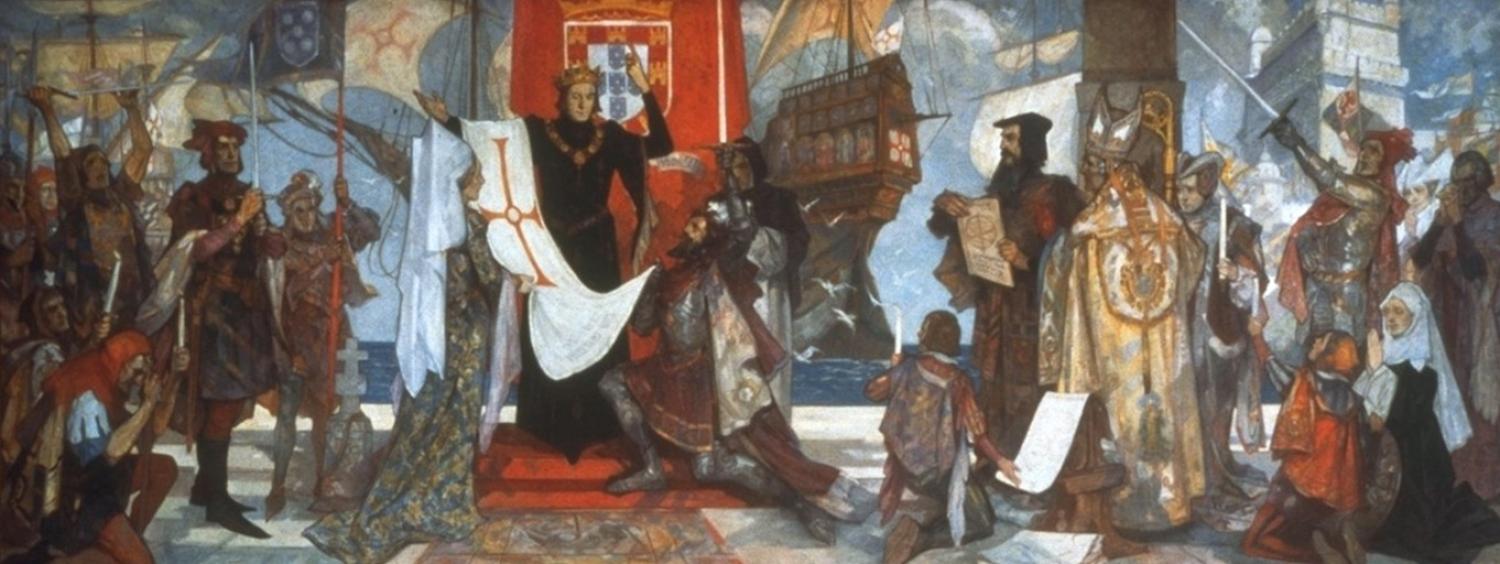This is the first of a series of articles marking the tenth anniversary of the publication of Coral Bell's Lowy Institute Paper, The End of the Vasco da Gama Era: The Next landscape of World Politics.
Of all Coral Bell’s many fine scholarly traits, her prescience was one of the most defining. In The End of the Vasco da Gama Era: The Next landscape of World Politics, Coral foresaw the emergence of a new multipolar order. A decade on, it is a multipolarity whose emergence even our finest contemporary strategic minds are only now beginning to acknowledge. It is a multipolarity that has been brought into sharper relief by the Trump presidency, a development not even Coral would have seen coming. And it is a multipolarity that Australian scholars and practitioners alike now need to think much harder about.
Coral viewed the emerging landscape of world politics as a six-sided order comprising the US, EU, China, India, Russia and Japan. Beneath these ‘great powers’ she saw an additional layer of smaller, emerging powers - including the likes of Brazil, Indonesia, Iran and Korea – with the capacity to affect relations between the six poles.
As a student of the Cold War, one of Coral’s preoccupations was the so-called ‘central balance of power’. Scholars of this era acknowledged the existence of local balances - in particular regions, for instance - but these were seen as secondary in importance to the balance at the global level.
It is worth asking whether today’s emerging multipolarity marks the re-emergence of that central balance, or something else. In his magisterial Griffith Asia lecture of September 2017, for instance, former Secretary of the Department of Foreign Affairs and Trade Peter Varghese observed that ‘multipolarity in Asia is only going to get stronger.’ Yet many if not most of the same players in Varghese’s multipolar Asia were also part of Coral’s group of six. The relationship between these ‘local’ and ‘central’ multipolar balances – if, indeed, they are distinct – thus requires closer investigation.
In The End of the Vasco Da Gama Era, Coral also observed that power is becoming much more diffuse in the new landscape of world politics. Again, Coral’s prescience was on display. It was this very idea that Harvard Professor Joseph Nye made famous several years later in his book The Future of Power.
Yet if power is indeed becoming more diffuse, one potential area for further investigation might be around the question of whether there are indeed ‘multiple multipolarities’ emerging across a variety of different domains rather than the single, central balance that Coral portrayed. For instance, one can see the emergence today of a multipolar order in the nuclear realm which, in terms of the key players involved, looks different from the multipolar economic order. The challenge for the contemporary analyst is not only to understand these ‘multiple multipolarities’ in a discrete sense, but to also form some judgement about what they mean collectively.
Coral also reminds us in The End of the Vasco Da Gama Era that mutipolarity need not be unstable. Eminent realist scholars such as Kenneth Waltz and Aaron Friedberg have popularised the view that multipolar systems are inherently more conflict prone. Yet Coral shows that, despite the fierce rivalries between them, the great powers of nineteenth century Europe were able to avoid fighting a hegemonial war (one where they fought to determine the rank order between them) for almost a century.
There is indeed a rich scholarly literature examining the relationship between polarity and stability. While the likes of Waltz and Friedberg typically get the most airplay, a good portion of this work suggests that a range of other factors – such as alliance tightness – will ultimately determine whether multipolar systems are ripe for rivalry or not. As we move towards what appears to be a new era of multipolarity – in Asia, globally, or possibly both – now is an opportune time to revisit this rich body of work.
Another of Coral’s rare qualities was her ability to discern big-picture trends and to decipher their implications for Australia. Her parting thoughts in The End of the Vasco Da Gama Era are particularly relevant here. Ever the strategic optimist, Coral maintained that Australia had nothing to fear from the emerging multipolarity because Canberra enjoyed relatively good relations with the great powers likely to constitute it.
However, Coral also concluded that a stable multipolar balance required each of those great powers to treat one another as equals, even if they were not so in reality. Toward this end, she argued against the idea that some of these great powers could align on ideological lines and embrace a ‘concert of democracies only’ mentality. That, in Coral’s view, ‘would be dangerous.’ Those in Canberra now contemplating the resuscitation of the ill-fated ‘Asian Quad’ of the mid-2000s would do well to heed her advice.
